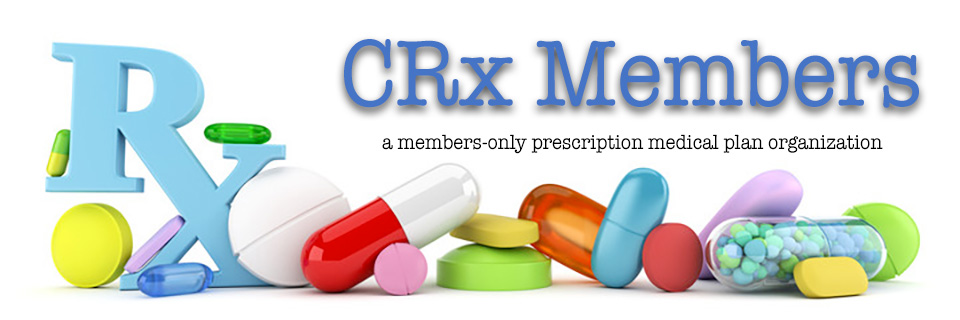Noroxin
NOTE: The above information is for marketing purposes only and is not to be construed as medical advice. Seek advice for medications from a qualified physician.
Noroxin
Norfloxacin LAB
Generic: NORFLOX
Norfloxacin LAB
Generic: NORFLOX
400mg
100 TAB
100 TAB
$31.51
